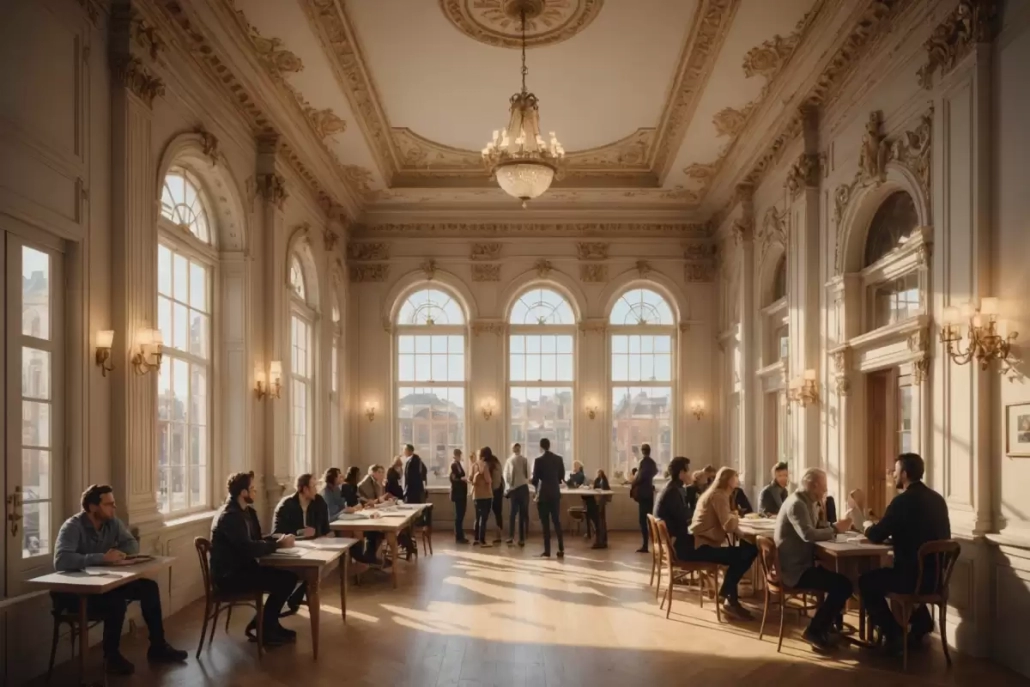In the world of investment, the allure of property is undeniable. But what if there was a way to supercharge your real estate ventures, creating not just a nest egg, but a golden goose that keeps on giving? Enter the realm of dual key properties—a concept that’s making waves among savvy investors. Imagine owning a property that essentially doubles your rental income potential while offering the flexibility to adapt to life’s changing circumstances. It’s like having a Swiss Army knife in your investment portfolio—versatile, practical, and oh-so-profitable.
The Dual Key Advantage
Dual key properties are the unsung heroes of the real estate world. They’re essentially two living spaces under one roof, each with its own entrance. This setup allows you to rent out both units separately, maximizing your rental income without the hassle of managing two separate properties. It’s like getting two scoops of ice cream for the price of one—who wouldn’t want that?
Flexibility Meets Profitability
The beauty of dual key properties lies in their flexibility. You can choose to live in one unit while renting out the other, or rent both to maximize your returns. This adaptability means you can tailor your investment strategy to suit your lifestyle and financial goals. Plus, in a world where remote work is becoming the norm, having the option to convert one unit into a home office or studio is an added bonus.
Why Dual Key Properties Are a Smart Move
Investing in dual key properties isn’t just about boosting your income; it’s about making a strategic move that aligns with long-term financial security. Here’s why they’re a smart addition to any portfolio:
Diversification and Risk Mitigation
In the investment world, diversification is king. Dual key properties offer a unique form of diversification within a single asset. If one unit is vacant, the other can still generate income, reducing the risk of a total loss. It’s like having a backup plan built into your investment strategy.
Tax Benefits Galore
Owning property through a self-managed super fund (SMSF) can unlock a treasure trove of tax benefits. From reduced capital gains tax to depreciation claims, the financial perks can significantly enhance your overall returns. It’s like finding a hidden stash of gold coins in your backyard!
Navigating the Challenges
Of course, no investment is without its challenges. Dual key properties require a larger initial outlay and can be more complex to manage. But with a solid plan and the right team of experts, these hurdles are easily overcome.
The Importance of Location
As with any property investment, location is key. It’s crucial to research areas with high demand for dual key properties to ensure a steady stream of tenants. Think of it as choosing the perfect spot for your dream vacation home—location can make all the difference.
Taking the Leap
If you’re intrigued by the potential of dual key properties, there’s a wealth of resources to guide you on your journey. One such resource is the insightful article by Superannuation Smart Property, which delves into the specifics of maximizing your retirement strategy through dual key property investment. Their expert insights could be the catalyst you need to take the plunge into this lucrative investment avenue. Check out their blog post here.
The Future of Real Estate Investment
As we look to the future, dual key properties are poised to become a staple in the portfolios of forward-thinking investors. They offer a unique blend of flexibility, profitability, and security that’s hard to beat. So, whether you’re a seasoned investor or just starting out, consider adding a dual key property to your investment toolkit. After all, who doesn’t want a little extra income and peace of mind?
For more insights into the world of property investment and how it can transform your financial future, explore this comprehensive guide on property investment strategies.











